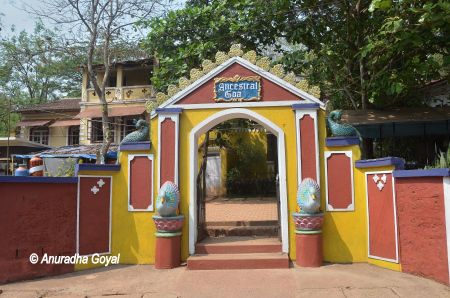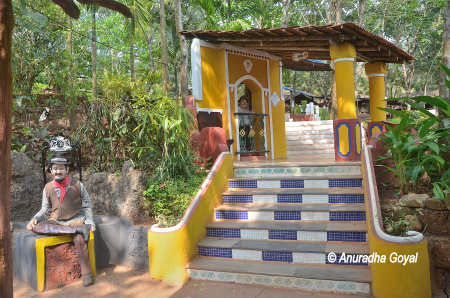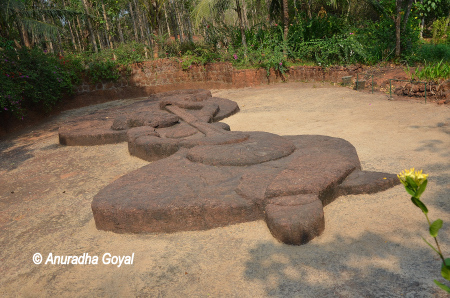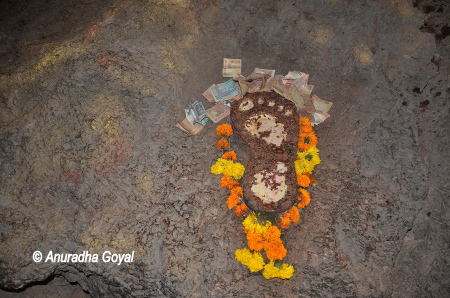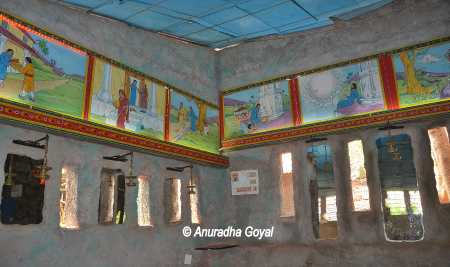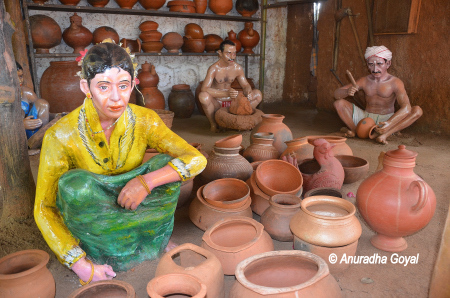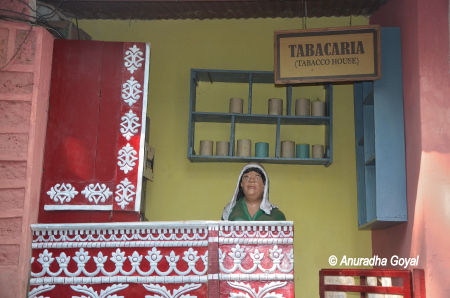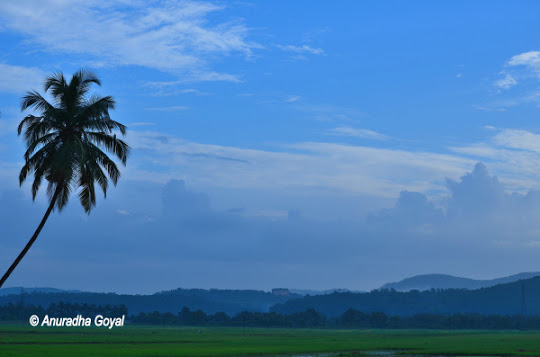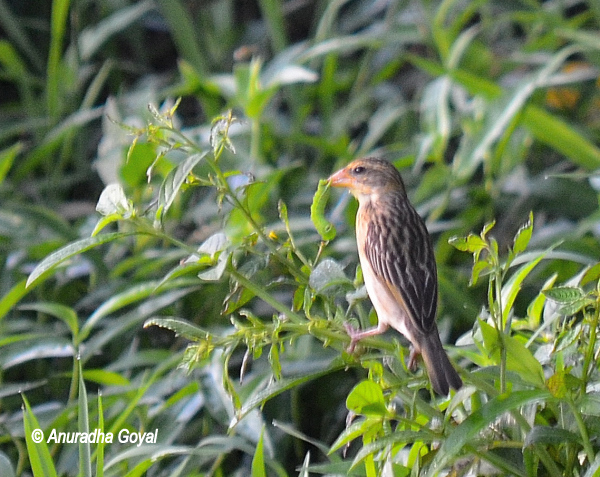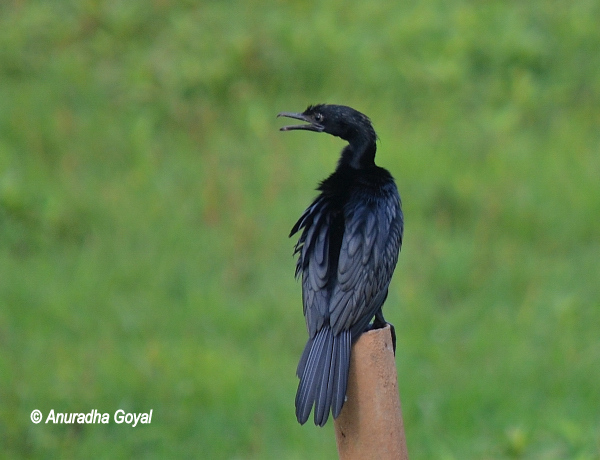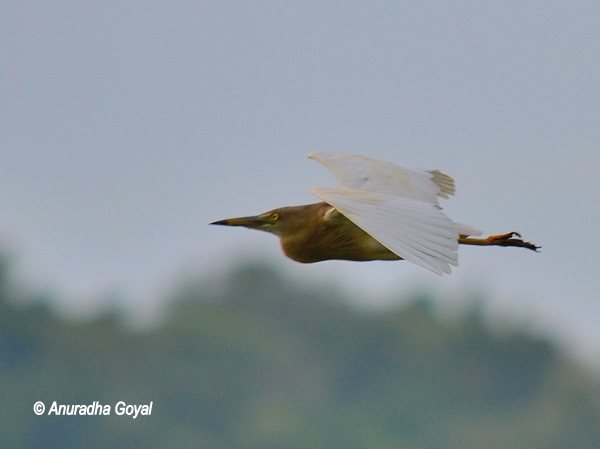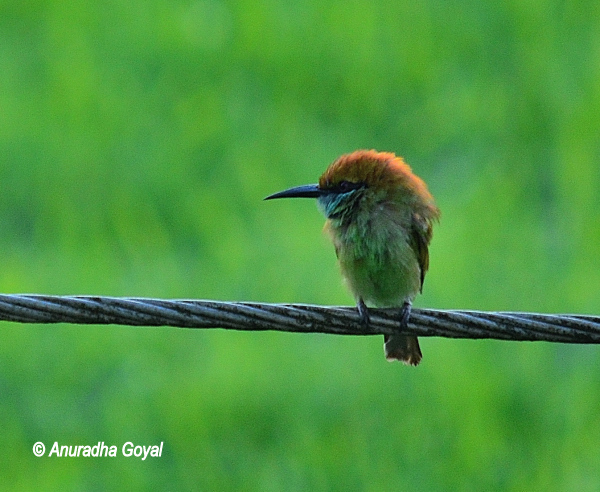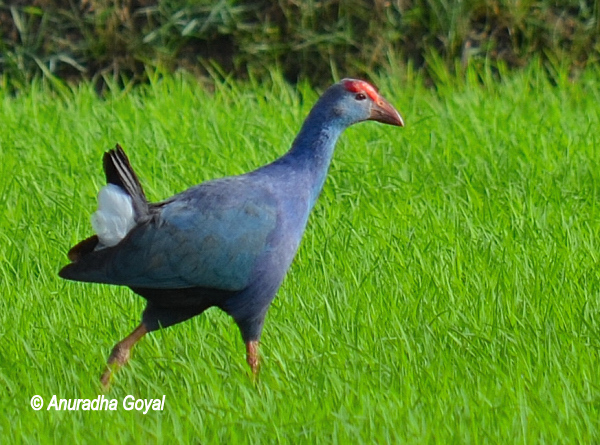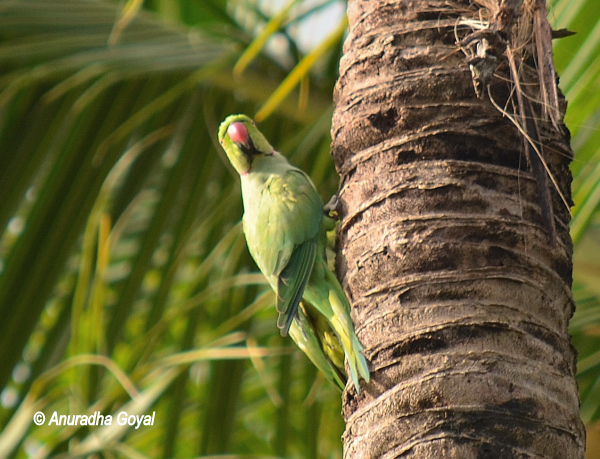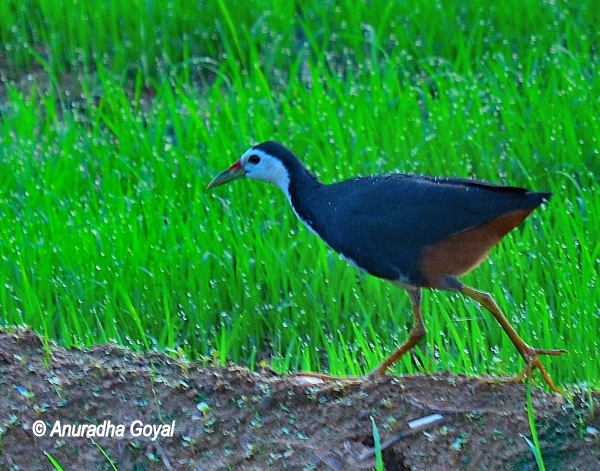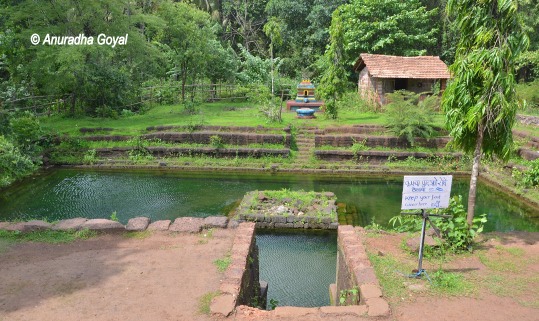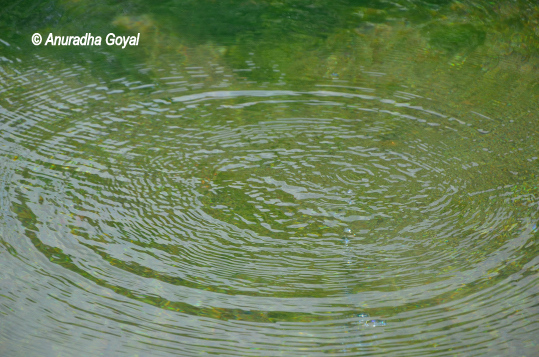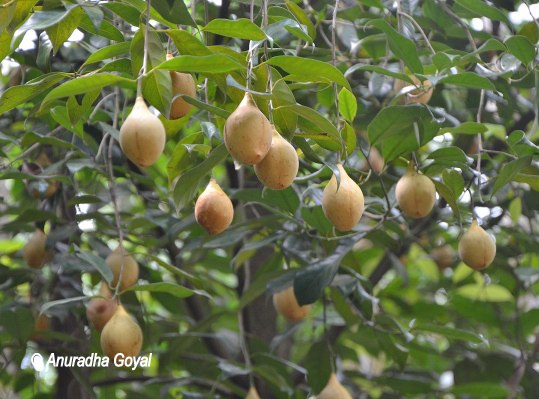 Union Health Minister Harsh Vardhan Wednesday announced the government’s initiative, a nationwide social movement, to encourage people to donate blood, on the occasion of the National Voluntary Blood Donation Day.
Union Health Minister Harsh Vardhan Wednesday announced the government’s initiative, a nationwide social movement, to encourage people to donate blood, on the occasion of the National Voluntary Blood Donation Day.
The movement is aimed at bridging the gap between the demand and supply of blood. While addressing more than 2,000 school children and other volunteers he said, ‘We have a shortfall of 2-3 million units per year in India. Through more voluntarism we can easily make up the deficit. Till date, 84 percent of the requirement of safe blood has been fulfilled. We must take it to 100 percent soon.’
Highlighting the benefits of blood donation he said, ‘By donating a unit of blood a year a person can get more blessings than by going to a place of worship’. He also highlighted that donating blood does not cause deteriorate of heath and is in fact helps improve one’s health condition. It secures a person from heart attacks and cancer. It is a good way of burning calories and moreover gives the supreme satisfaction of saving lives, he added.
The minister also flagged a rally with the theme: ‘Run for the Little Red Dot Power’ at the Jawaharlal Nehru Stadium to create awareness about blood donation. The rally comprised volunteers from different educational institutions, NSS volunteers, regular repeat voluntary blood donors, voluntary blood organisations and blood bank officers promoting the cause of voluntary blood donation.
With inputs from IANS
Image source: Getty images
You may also like to read:
- World Blood Donor’s Day 2014: Facts you should know about blood donation
- World Blood Donor Day: Regular blood donation can prevent cancer and heart disease
- Harsh Vardhan launches campaign to fight malnutrition and related diseases
For more articles on diseases & conditions , visit our diseases & conditions section. Follow us on Facebook and Twitter for all the latest updates! For daily free health tips, sign up for our newsletter. And for health-related queries, visit our Questions and Answers section.












